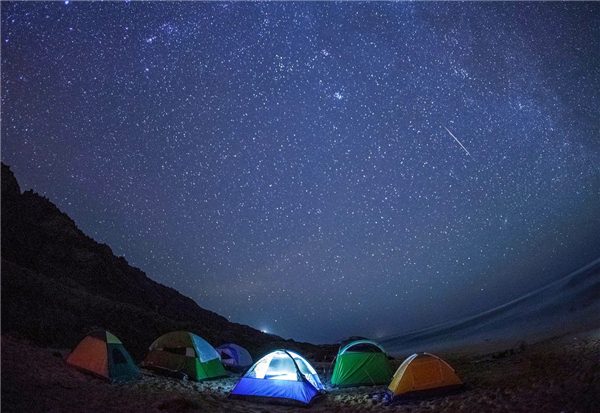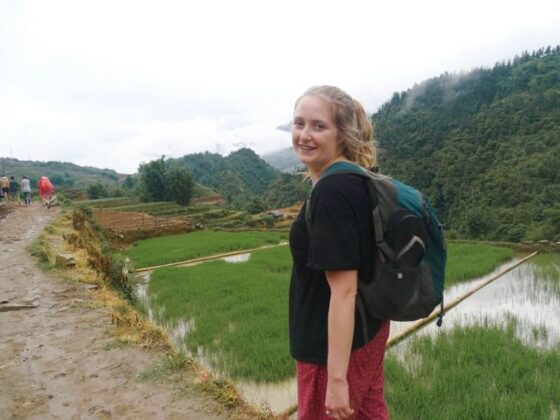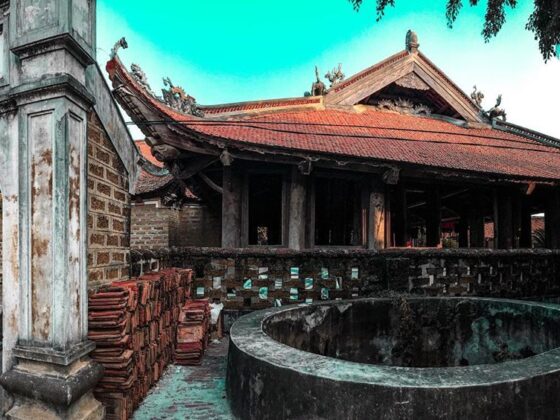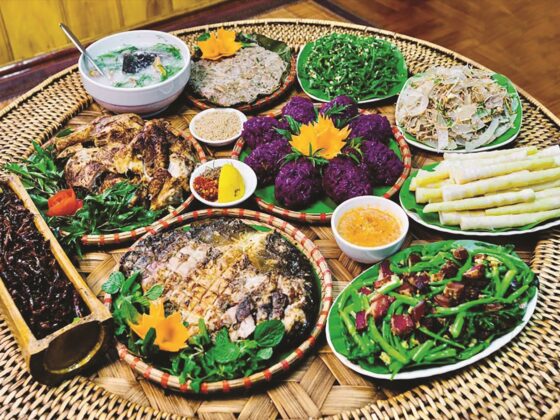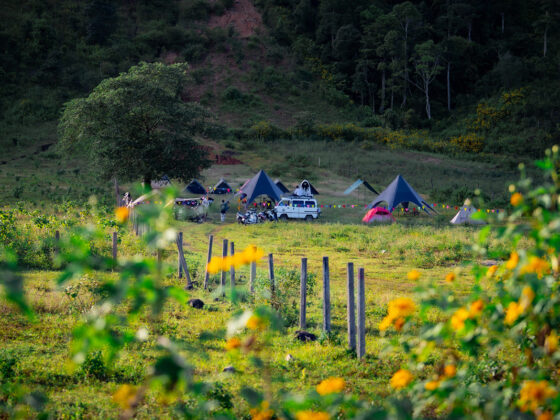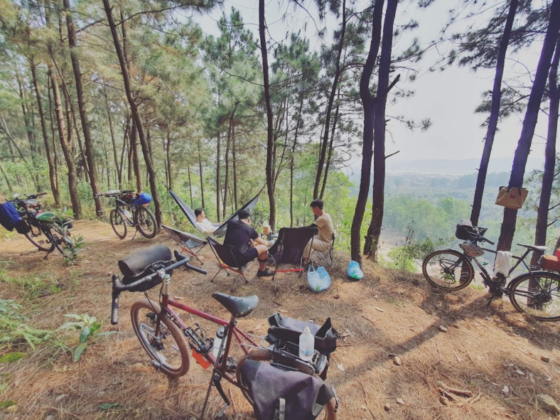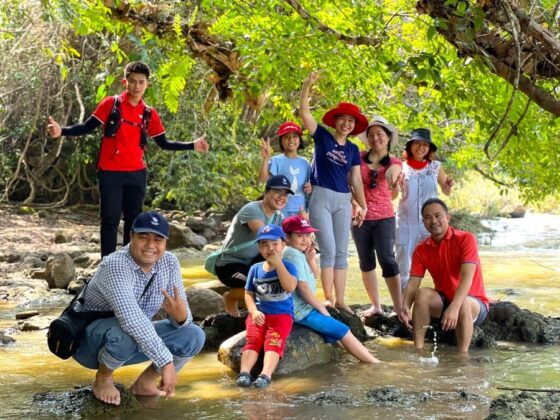Table of Contents Show
✍️ AI is summarizing:
Vietnam’s breathtaking landscapes are not just a feast for the eyes during the day; they transform into a celestial wonderland at night. For those seeking a unique adventure, remote hikes that offer zero light pollution provide the perfect backdrop for stargazing in Vietnam.
Imagine standing on a mountain peak, surrounded by nature, with a sky full of stars twinkling above you. In this guide, we’ll explore some of the best locations, the ideal seasons for your adventures, prominent constellations to look out for, and essential tips for capturing the perfect night sky.
Read more interesting information:
- Southeast Asia Travel Comparison: Why Vietnam Shines Brighter Than Its Neighbours
- Top Destination for Surfing in Vietnam: Ride the Waves at the Best Spots
- The Bright Future of Renewable Energy in Vietnam
Discover the best remote hikes for stargazing in Vietnam
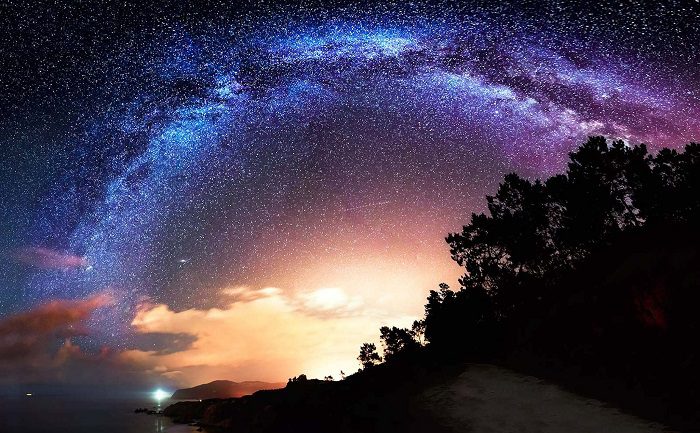
As the highest mountain in Vietnam, Fansipan Peak in the Sapa region offers an unparalleled opportunity for stargazing in Vietnam. The trail to the summit is challenging but rewarding, leading you through lush forests and stunning landscapes. Once you reach the peak, the expansive views of the night sky, free from light pollution, will leave you in awe.
Though popular during the day, Ba Na Hills can be surprisingly serene at night. With limited light pollution and breathtaking views, it’s an excellent spot for stargazing. The gentle trails winding through the hills make it accessible for hikers of all levels.
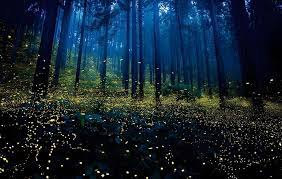
Cuc Phuong, Vietnam’s oldest national park, is a hidden gem for night sky enthusiasts. The remote trails and dense forests create a tranquil environment perfect for an immersive session of stargazing in Vietnam. The park’s diverse wildlife adds an extra layer of magic to your nighttime adventure.
Known for its stunning rice terraces and lush landscapes, Pu Luong offers beautiful hikes that culminate in excellent spots for stargazing in Vietnam. The serene atmosphere and minimal light pollution make it an ideal location to connect with nature while gazing up at the stars.
Find the best seasons for stargazing in Vietnam

The ideal time for stargazing in Vietnam is during the dry season, which typically runs from November to April. During these months, the skies tend to be clearer, providing a better view of celestial bodies.
- November to February: The air is cooler and drier, making it comfortable for night hikes. This period also coincides with the peak visibility of the Orion constellation.
- March to April: As the weather warms up, the sky remains clear, offering a great opportunity to view the Milky Way, which is best seen during these months.
Know which constellations to spot when stargazing in Vietnam
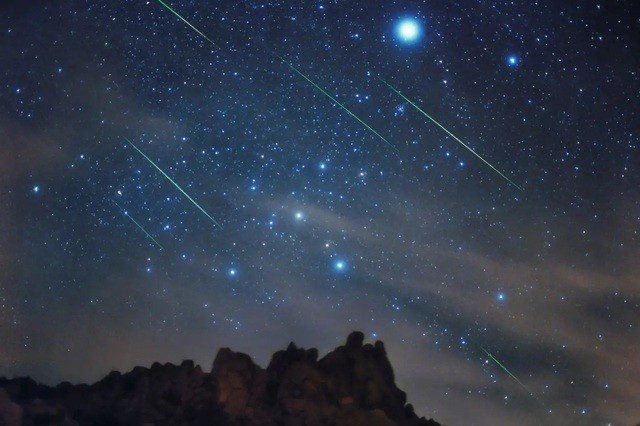
When you’re stargazing in Vietnam’s remote areas, several prominent constellations come into view:
- Orion: Recognizable by its three-star belt, Orion is one of the most visible constellations from November to February.
- Canis Major: Home to Sirius, the brightest star in the night sky, Canis Major is best seen in the southern sky during the dry season.
- The Milky Way: Visible from March to April, the Milky Way stretches across the sky, creating a stunning backdrop for your stargazing experience.
Master night photography with these tips for stargazing in Vietnam
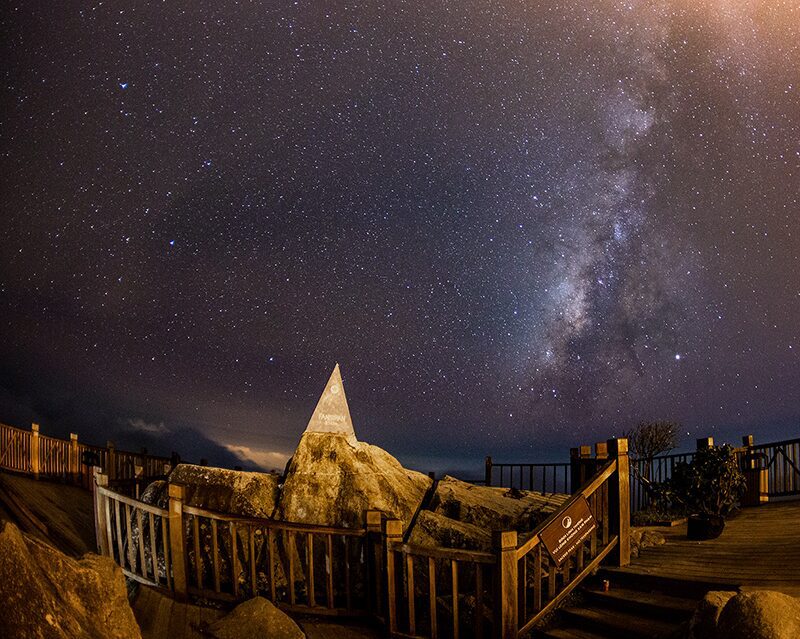
Capturing the beauty of the night sky while stargazing in Vietnam requires some specific techniques. Here are some tips to help you take stunning night photographs:
- Use a Tripod: A stable tripod is essential for long-exposure shots, which are necessary to capture the stars without blurriness.
- Long Exposure Settings: Set your camera to a long exposure time (15-30 seconds) to allow more light to enter the lens. Use a low ISO setting (800-1600) to reduce noise in the image.
- Wide-Angle Lens: A wide-angle lens allows you to capture more of the sky and landscape in your frame, creating a more dramatic effect.
- Focus Manually: Autofocus can struggle in low light, so switch to manual focus and set it to infinity for the best results.
- Experiment with Composition: Include elements of the landscape in your shots, such as trees or mountains, to create a sense of depth and context.
Conclusion: Embrace the night
Stargazing in Vietnam is more than just an activity; it’s a profound journey that combines the physical challenge of remote hiking with the awe-inspiring beauty of the cosmos. It offers a rare opportunity to escape the city lights, stand in serene silence, and reconnect with nature on a celestial level.
By venturing to places like Fansipan or Pu Luong, you’re not just finding a clear view of the Milky Way—you’re creating unforgettable memories under a brilliant canopy of stars that few ever get to see.
For more travel inspiration and to connect with fellow adventurers, join our community on the ExoTrails Vietnam Facebook group and follow the ExoTrails Fanpage!
FAQs
Where is the best place for stargazing in Vietnam?
The best places are remote, high-altitude locations with minimal light pollution, such as Fansipan Peak in Sapa or the tranquil Pu Luong Nature Reserve. National parks like Cuc Phuong also offer excellent dark sky conditions.
Can you see the Milky Way from Vietnam?
Yes, the Milky Way is clearly visible from Vietnam, especially during the dry season from March to April in areas with dark skies. Remote mountain regions provide the best viewing opportunities.
What is the best month to see stars in Vietnam?
The best months are during the dry season from November to April. During this period, the skies are typically clear, offering the best visibility for stars and constellations.
Is Sapa good for stargazing?
Yes, Sapa is excellent for stargazing, particularly from high-altitude spots like Fansipan Peak which escape the town’s light pollution. The surrounding mountains offer many dark sky locations.
How do you take pictures of stars on a mountain?
To photograph stars on a mountain, use a tripod for stability, a wide-angle lens to capture the expansive sky, and a long exposure setting on your camera. Focusing manually to infinity is also crucial for sharp images.
What are the darkest places in Vietnam?
The darkest places in Vietnam are typically remote national parks and mountain regions far from major cities. Locations like Cuc Phuong National Park, Pu Luong Nature Reserve, and the highlands around Ha Giang are prime examples.

